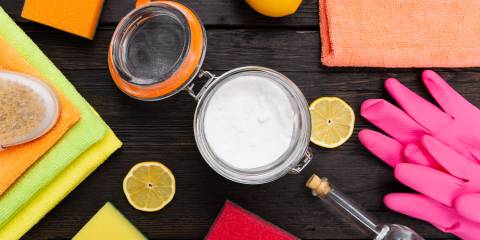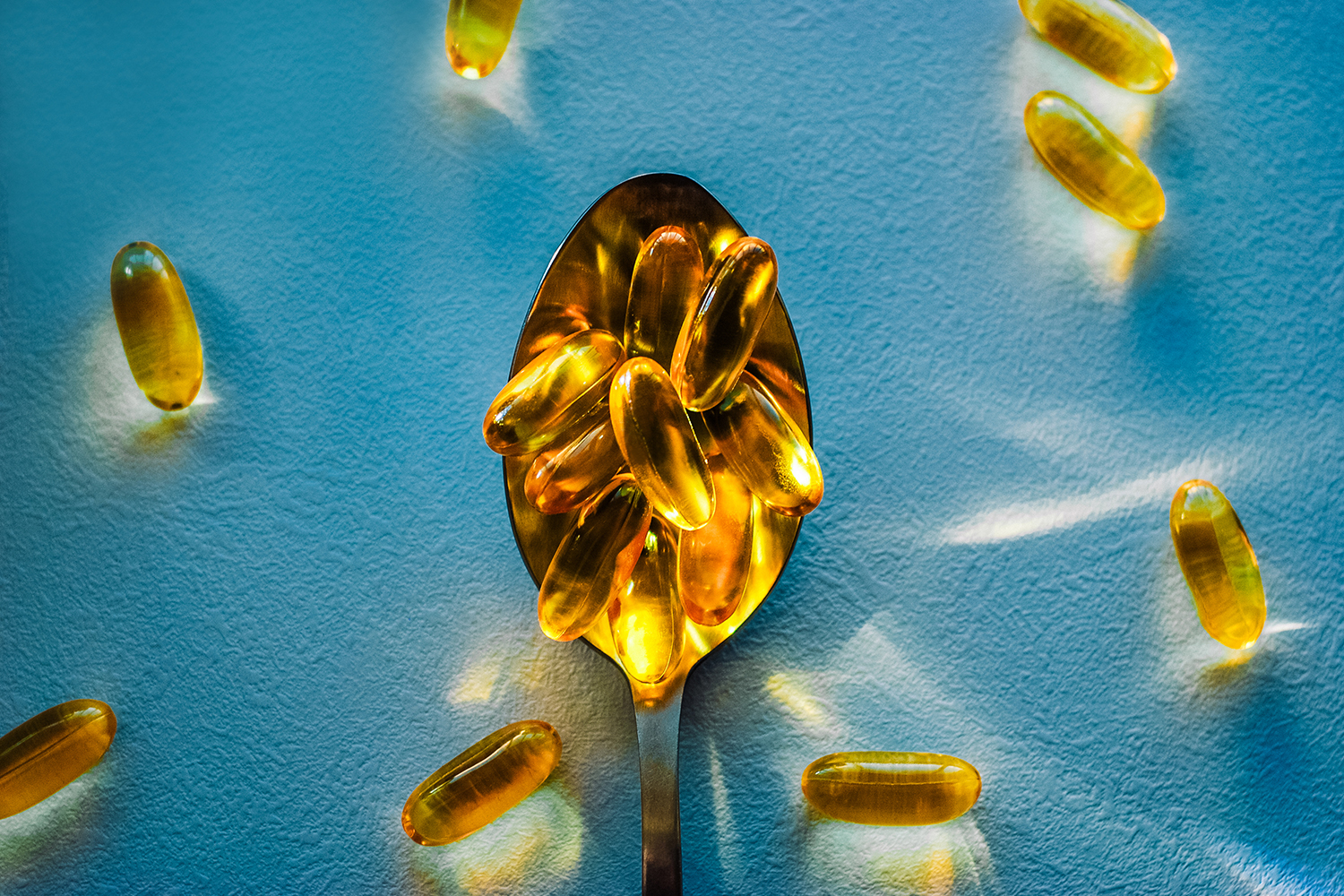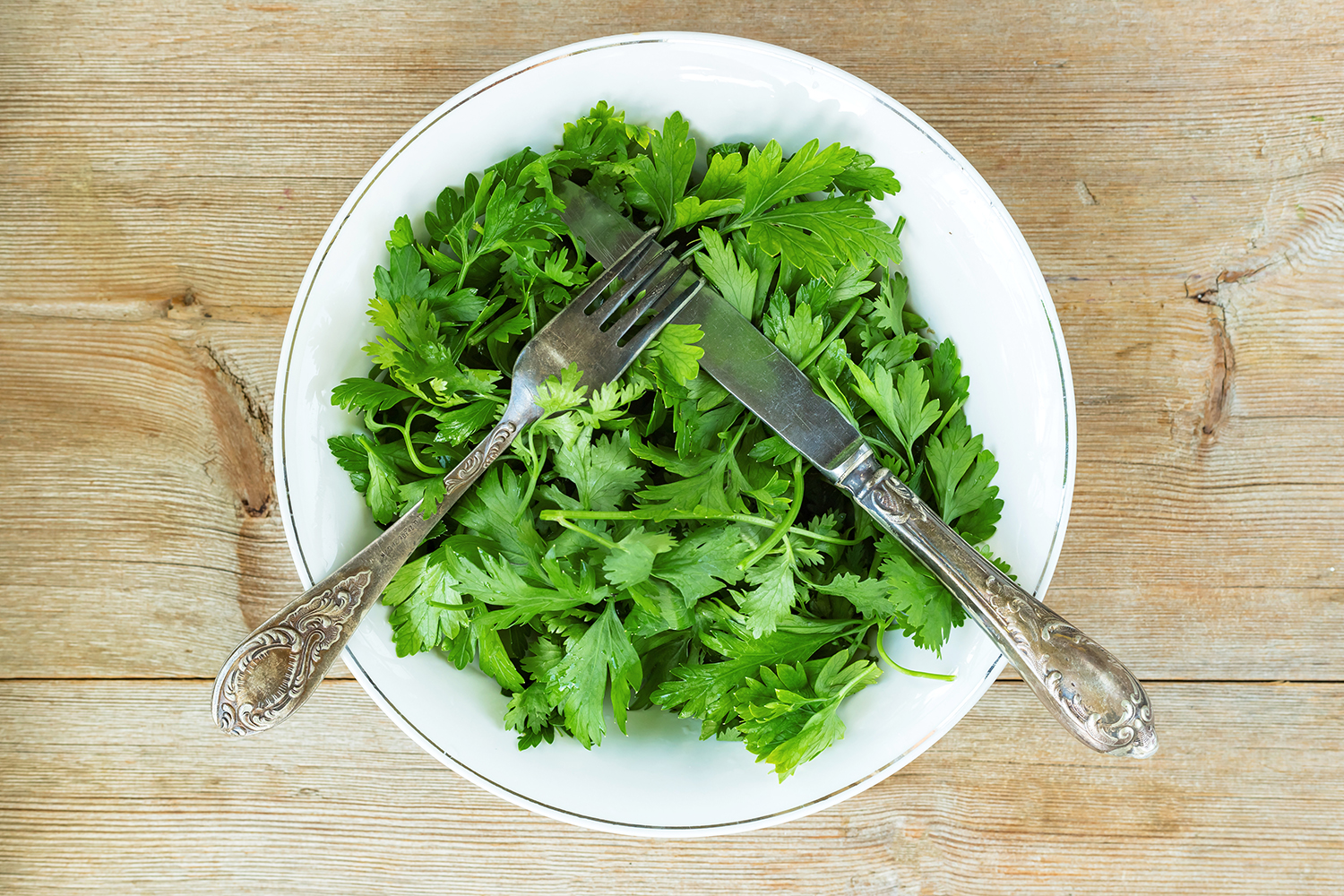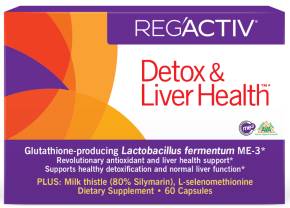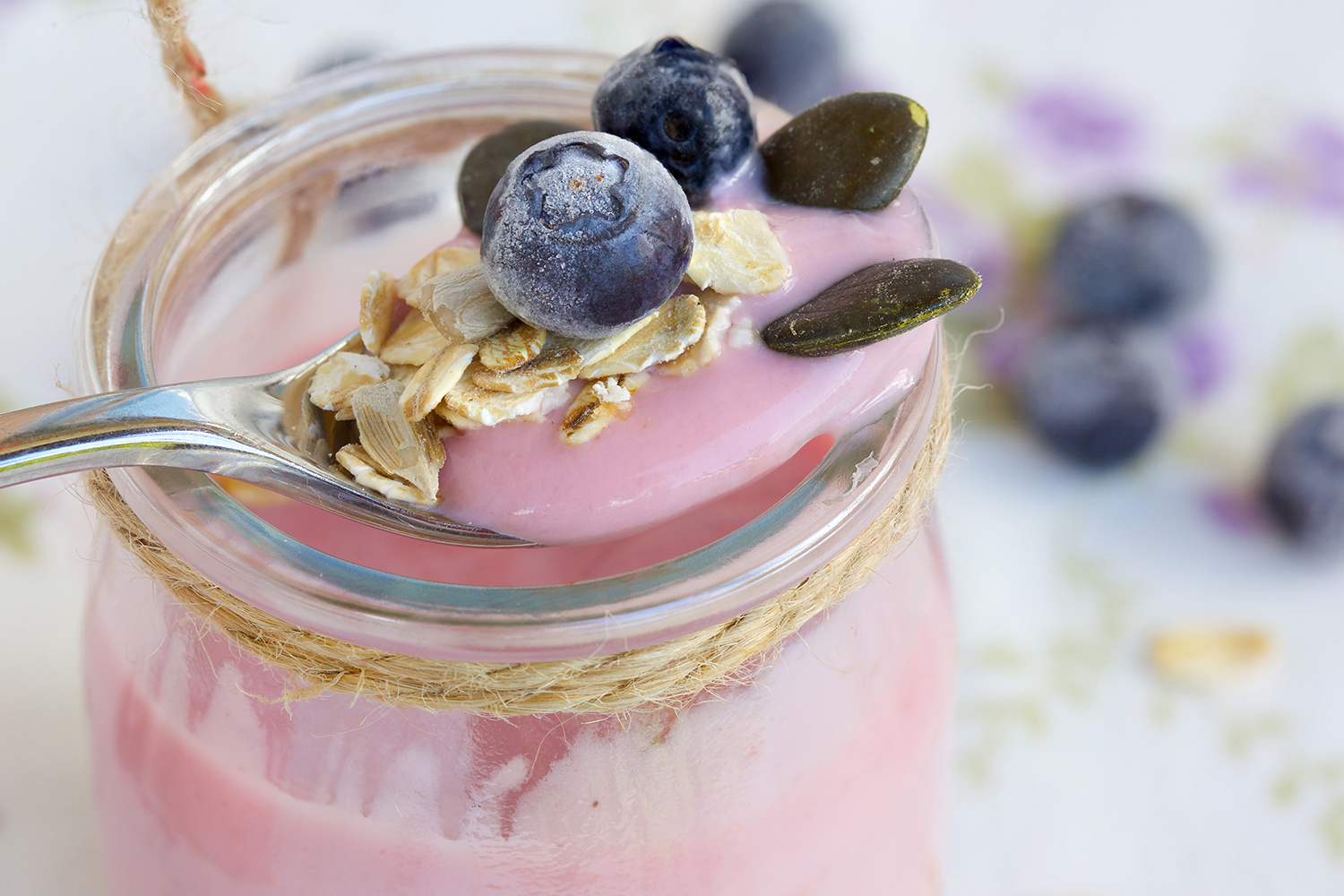How to Reduce Your Environmental Footprint
Here are fifty simple ways to help keep the planet healthy.
-
Reduce Plastic Use
- Bring your own bags when you shop.
- Buy milk and juice in glass bottles.
- Buy pantry staples—dried beans and peas, rice, pasta, nuts, oatmeal—in bulk when possible and store them in glass containers.
- Use cloth napkins and nappies (as the British call diapers).
- Switch to bamboo toothbrushes.
- Replace cling wrap with beeswax wrap.
- Carry a reusable water bottle and a travel mug for coffee/tea.
- Swap out your liquid soap for old-fashioned bar soap.
- Ditto for shampoo.
- Opt for cosmetics and cosmetic supplies made and packaged without plastic. You can find lotions, creams, sunscreens, deodorants, and more in tins and glass bottles.
- Give up toothpaste in plastic tubes in favor of tooth-cleaning tabs or powders and pastes packaged in glass jars. Or make your own using baking soda.
- Make your own yogurt in glass jars.
-
Shrink Your Carbon Footprint
- When you eat, stick to the bottom of the food chain: Opt for fruit, vegetables, grains, and beans. Skipping just one day of meat and dairy products cuts your annual carbon footprint by eight pounds!
- Reduce food waste by planning meals in advance, freezing what you don’t use, and eating leftovers.
- Compost.
- When you buy clothing, stick with classic styles rather than trendy items that will soon be outdated—and land in landfills. Better yet, buy vintage at consignment shops.
- Set your washing machine to cold. It’ll keep 500 pounds of carbon dioxide from entering the environment each year.
- Think twice (or thrice) before you buy something. Do you really need it?
- When you do really need it, choose the option with the least packaging.
- Look for Energy Star certification when buying new appliances.
- Need a new computer? Choose a laptop over a desktop. They’re more energy efficient.
- Leaving the room (or the house)? Turn off the lights!
- Turn your water heater down to 120 and save 550 pounds of carbon dioxide a year.
- Take short showers under a low-flow showerhead to save another 350 pounds annually.
- Whenever possible, add a layer of clothing in the winter and remove one in the summer instead of turning the heat or air-conditioning up. Fans use less energy than air-conditioners too.
- Drive less, walk more. Or bicycle, carpool, or take the bus.
- Maintain your car for fuel efficiency: Keep the tires at the proper pressure, have regular oil and fluid changes, and remove extra weight for fuel efficiency.
- Don’t drive like a maniac! Aggressive drivers can use up to 40 percent more fuel than calm, consistent drivers, according to some studies.
- Combine errands to limit driving time.
- Avoid flying when possible—airplane travel makes up the bulk of people’s carbon footprint. When you do fly, skip the layovers.
-
Save the Trees
- Do buy a subscription to your local paper and other periodicals that you enjoy, but opt for digital delivery.
- Sign up for paperless billing.
- Use smart phone apps to take notes, scan documents, keep lists, and the like.
- Find alternatives to paper plates and cups. Bamboo and tin dishware are fun for picnics!
- Recycle your old T-shirts and towels into rags, and use them in place of paper towels.
- Feel a sneeze coming on? Reach for a cloth hankie instead of a tissue.
- Buy toilet tissue made from recycled paper.
- When you have to print something, adjust fonts and margins to use fewer sheets if possible, and print on both sides.
- Buy paper made from sources other than trees.
- Wrap gifts in cloth.
-
Green Your Garden
- Avoid chemical pesticides and herbicides; use natural means to keep bugs away from people and plants.
- Fertilize with your own compost.
- Collect rainwater from your roof in a rain barrel, and use it to water your plants and crops.
- Replace some or all of your lawn with ornamental grasses, wildflowers, or native plants.
- Plant a tree, or two or three. Trees purify the air and supply homes for wildlife.
- Use a human-powered reel mower to mow your lawn. You’ll get exercise and avoid the toxic gases made by gas-powered mowers.
-
Be an Activist
- Contact your representatives. If you want action on climate change and other environmental issues, let your US representatives and senators know.
- Lobby mainstream businesses to adopt environmentally friendly practices.
- Divest of funds invested in fossil fuels, and encourage any organizations you are part of to do the same.
- Vote! Read up on candidates’ positions on climate change, then vote for those that most align with planet-friendly values.



